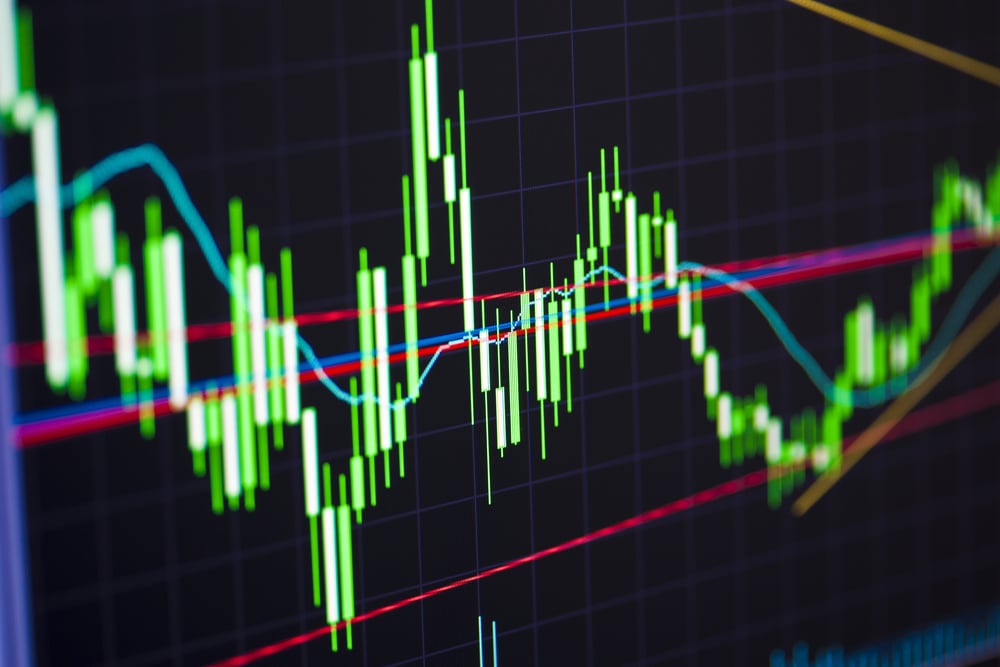High-frequency trading is a popular trading strategy characterized by the rapid execution of a large volume of orders within extremely short time frames, often measured in fractions of a second. This method relies on sophisticated computer programs equipped with advanced algorithms to analyze market data and execute trades at lightning speed.
HFT algorithms are designed to swiftly assess market conditions across multiple venues and make split-second decisions to capitalize on fleeting opportunities. By taking advantage of technology and automation, HFT aims to exploit small price discrepancies or inefficiencies in the market, profiting from tiny price differentials across various financial instruments.
What Makes HFT Stand Out?
High-frequency trading (HFT) is distinguished by several key characteristics. First off, HFT systems are designed to execute trades at incredibly fast speeds, often measured in microseconds or even nanoseconds. This rapid pace allows HFT firms to capitalize on small price discrepancies or market inefficiencies before they vanish.
High frequency trading strategies involve the execution of a vast number of trades in short periods of time. These transactions can range from thousands to millions of orders per day, depending on the scale and sophistication of the HFT operation.
More often than not, HFT firms operate with extremely short-term investment horizons, often holding positions for mere seconds or minutes. The focus is on exploiting short-lived opportunities for profit rather than making long-term investments. Given the complexities involved in high-frequency trading, it is primarily utilized by banks, other financial institutions, and institutional investors.
These entities have the resources and expertise to develop and deploy sophisticated HFT algorithms and infrastructure, allowing them to effectively navigate the competitive landscape of modern financial markets.
Does High Frequency Trading Improve Liquidity?
High-frequency trading has indeed been credited with enhancing market liquidity by increasing the efficiency of trade execution. By rapidly facilitating a large volume of transactions, HFT firms contribute to tighter bid-ask spreads, which represent the difference between the prices at which buyers are willing to purchase securities and sellers are willing to sell them.
However, when fees are imposed on HFT transactions, it can alter the dynamics of market liquidity. Some studies show that adding fees to high frequency trading (HFT) activity can lead to an increase in bid-ask spreads. This occurs because HFT firms, faced with higher transaction costs, adjust their trading strategies to offset these expenses. As a result, bid-ask spreads may widen, potentially impacting market efficiency and the cost of trading for investors.
